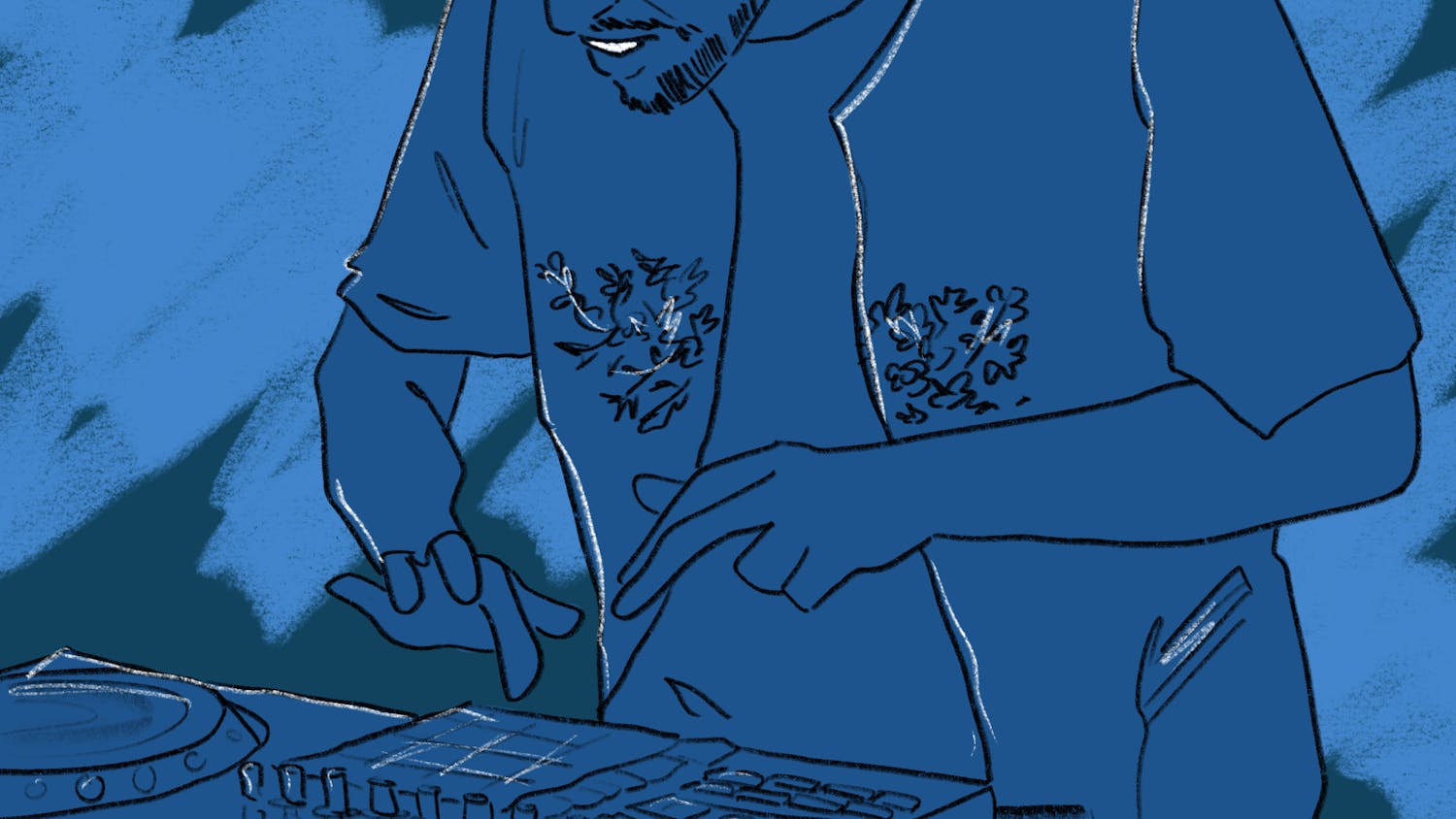From Feb. 22 to March 2, the exhibit “#MeToo: Intersectionality Hashtag Activism and Our Lives” will be up in Berry West in the hallway in front of King Arthur Flour Café. The exhibit is a compilation of poetry, artwork and academic information about the Me Too movement in the U.S. and abroad, created by Dartmouth students. The work included in the exhibit is a product of the 2018 fall women, gender and sexuality studies class, which shares the name of the exhibit.
The first section of the display is called “Assessing the Impact.” Anonymous statements from survivors here focus on the ramifications of sexual assault and reflections of survivors. One writer says, “It’s like opening a gaping wound every time I have to think about the assault knowing I was so young and naïve about the world.” Another writes, “I dream of him, Over and over, I dream of him.”
Beyond the personal, some survivors point out institutional failures at Dartmouth concerning sexual assault such as the reflections: “#MeToo started for me at Dartmouth,” and “[Dartmouth] has a strict policy for touching the fire during homecoming; it should have a strict policy to expel students if they sexually assault or harass someone.” One writer even discusses the larger community, saying “I feel like, as a country, we are standing still.”
In the section “#MeToo in Our Community: Gender Based Violence on Campus,” sketches and paintings display images of female-presenting people who have experienced sexual violence. Fear and shame are personified in the images. In one, a portrait of a woman is melting as if she is a candle, demonstrating the all-consuming effects of being assaulted. Another depicts a naked female with many clawed hands encircling her back, demonstrating an atmosphere of fear.
Next is an exhibit of poetry. The poem “Shower II” goes, “I wish I could rid myself of my trauma/through my pores/sweat it out in a steamy room/exfoliate it off my skin/shave it bare with a drug store razor/leave it behind in the shower drain.” The powerful metaphor of the razor helps to signify that the pain of trauma is physical, not just emotional. Also, the metaphor conveys the lengths to which a survivor would go to rid themselves of the remembrance of assault.
The art gives way to more academic explorations of the movement. A section is devoted to analysis of the global Me Too movement, including projects on countries such as South Africa, Thailand, France and New Zealand. The Thailand movement specifically focused on their iteration of Me Too, which used #Don’tTellMeHowToDress, a statement that originated from a Thai government official’s warning to women to dress conservatively so as to avoid sexual assault. Their movement focuses on divorcing appearance from culpability of sexual assault. The project on France included an article about the French culture of romance contributing to a pervasive culture of unwanted sexual advances, thus contributing to sexual violence. The international element offers an opportunity for comparative study of sexual violence movements globally.
The exhibit is a powerful combination of information and anecdotal data from survivors, creating a detailed image of what it means to be a survivor. This is important work. However, in the time I spent walking through the exhibit and taking notes, not one other person stopped to read the powerful words and research encompassed by the display. I am worried that the temporary and rather unobtrusive nature of the exhibit means that the Dartmouth community has the opportunity to acquit itself of paying attention to the issue of sexual assault presented. For Dartmouth women who experience sexual assault during their time here, the issue is not one they can simply walk past on their way to King Arthur Flour Café. It is a constant state of trauma and painful remembrance; as one survivor writes in the exhibit: “Being raped changed that moment and every moment after that. It has shaped the path of my life.”



